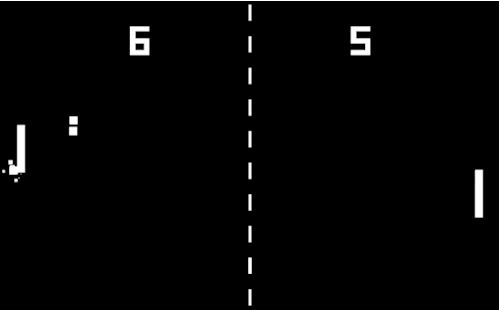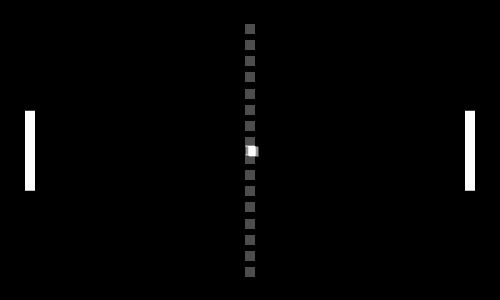cthia wrote:Jonathan_S wrote:The degree of accuracy you'd need to hit the planet if you cut power nearly a lightmonth out would be kind of crazy. And this would only work against a planet that lacked the deep space sensors to see you making your many hour slog up to 0.7c before cutting the drive - because if they saw you pretty much any impeller drive ship could go out and play roadblock - you slam into their wedge and you're not continuing on to hit the planet.
And if you're trying to stay out of sensor range, remember that the crew that bailed out, even if they want to escape into hyper in another ship, have to get their velocity down to under 0.3c - so that's even longer with a wedge at full power canceling out the velocity built up on the first ship.
But most people don't want to frag whole planets, so frac-c bombardment of planets doesn't really happen. Instead on the rare cases the tactic is used it's to try to take out orbital forts, yards, or stations when they aren't backstopped by the planet -- in situations where they're too tough a target to close with and take out with missiles still under drive.
I respectfully disagree there, Jonathan. The
EEV of the Most Dismissive Kind thread posits specialized computers used by the MAlign dedicated to do just that - to calculate launch vectors for true impact. Honorverse computers will be highly capable. Heck, NASA does it now in reverse, with projectiles hurtling toward Earth. They know exactly by how much they will miss us. And the MAlign will have correction features after launch.
As far as attempting to stop this type of an attack -- it seems impossible at worst, or impractical at best. Planets don't have wedges or CMs. It reminds me of how difficult it was playing pong.
Even if one could get such response times out of ships. I'm afraid the Frac-C score would be sky high.
Pardon the pun.
Jonathan_S wrote:The math is straightforward. The physical ability to align a ship perfectly, and have sensor so accurate you can verify that alignment, so that it can hit it without course correction is the part I'm saying is difficult.
Yes NASA does the inverse, but they still have fairly large uncertainty bars around the projections even after tracking it for a significant time at much closer ranges than we're talking about here.
The original suggestion was to aim from at least a lightmonth out and let the ship go in pure ballistic from there. At just 1 lightmonth a planet the size of earth is a target just 0.00000094690379 degrees wide.
Not impossible, but crazy difficult, especially with a random freighter's sensors and computers.
Not any more difficult than calculating the particulars of launching John Glenn into orbit or sending and retrieving Apollo 11 to the moon and back --
using the computer of the time. The computing power used in the movie
Hidden Figures was the IBM 360 series.
During Apollo 11’s 50th anniversary, Neil Armstrong said “We have more computing power in our current cars than we had in the computers used in Apollo 11 to go to the moon.” Consider the fact that when IBM introduced it’s first Personal Computer with a hard drive, the size of the drive was 10mb. Even the current Computers in the Honorverse are much more capable and up to the task. I simply cannot believe that amassing sufficient sensor data of said target, even at those distances, would be a problem. Certainly given time and Honorverse technologies.
NASA's uncertainty bars are a factor of the limited speed and precision of their computers and a lack of all the necessary data. Such as the inherent wobbling aberrations of the object and the inability to go to the object and attain that data. Compounded by the limited precision of the vector of the object itself. There would be no aberrations of a launched missile causing it to behave like a screw ball. The purposely built behemoths used by an entity like the MAlign, who has time on their hands to simply sit in space and allow these behemoths the time they need, is a game changer.
Besides, so many methods could be employed if Frac-C bombardment becomes a reality. Heck, someone could simply activate a signal on planet or while in orbit in space to act as a homing beacon, like the device utilized in the attempted assassination using the moon stone as a homing beacon in Yeltsin. However, I doubt that that would even be needed with Honorverse computers and tech. Honorverse tech would be highly adaptable to Frac-C bombardment. IMHO. YMMV. YCMDMP (Your computer may deliver more precision.) It is those damn decimal places. LOL
* I recently concluded a three day discussion of this book after reading and watching the movie with,
mostly, female friends in a literary club. The movie is really good. The book is even better.











